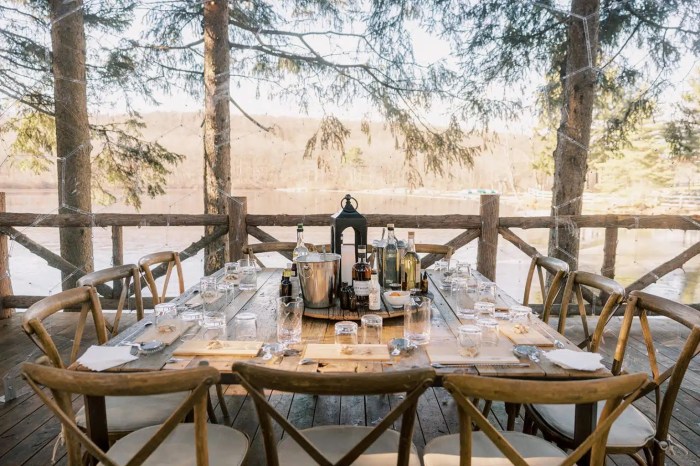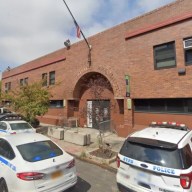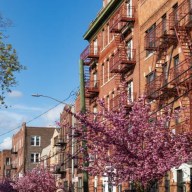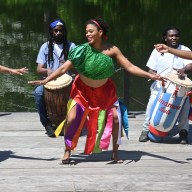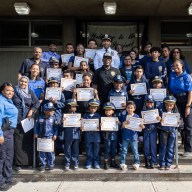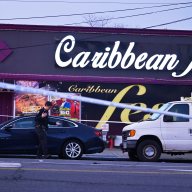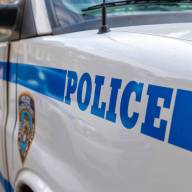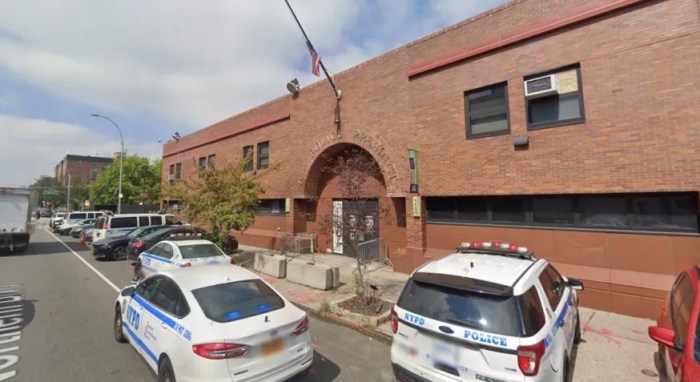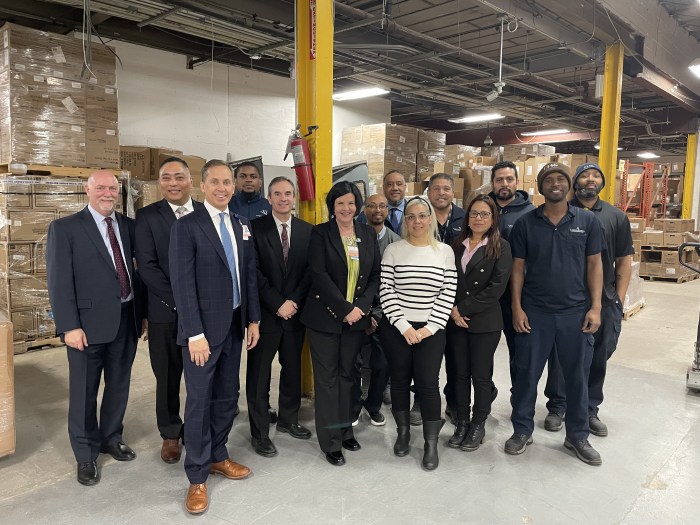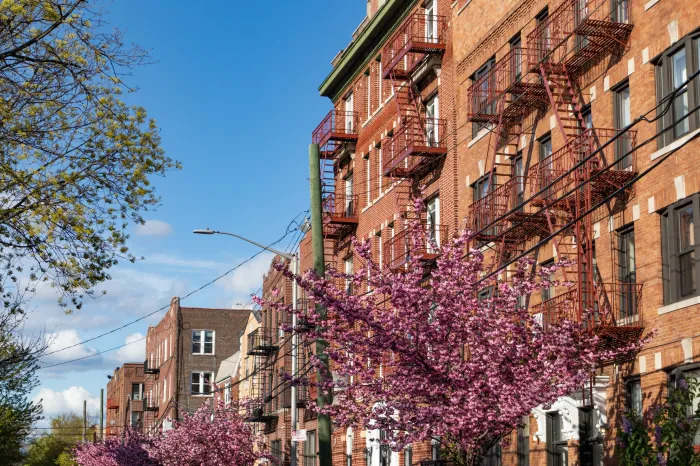Civic Group Debates QueensWay Proposal
The controversial QueensWay plan sparked a passionate debate during the Forest Hills Community and Civic Association (FHCCA) meeting last Tuesday, Nov. 11, at the American Legion Continental Post 1424.
“This is the biggest public relations battle that I have seen in Queens,” declared Community Board 6 Chairperson Joseph Hennessy. Residents and board members clashed over the plans to create a park similar to Manhattan’s High Line along the long defunct Rockaway Beach rail line, which spans from Rego Park in the north to South Ozone Park.
FHCCA President Barbara Stuchinski moderated the debate among residents and group members while presenting new information on the proposed project.
“The QueensWay plan has the backing of the elected officials of this area and our borough president,” Stuchinski explained, “but the elected officials of the Rockaways are actually not in support of the plan. They would rather see the Long Island Rail Road reactivated there.”
Stuchinski unveiled an informational pamphlet and map at the meeting.
“Our area is called the Metropolitan Hub,” she stated, referring to the area between Fleet Street and Forest Park. According to the map, the proposed QueensWay park would feature outdoor classrooms, educational planting areas, a temporary farmer’s market, playgrounds, an orchard area, as well as spaces for picnics and barbecues.
Despite these promises, many in the community remain skeptical and voiced their apprehension over issues such as funding, security and quality of life concerns.
Forest Hills resident and former FHCCA Vice President Claudia Valentino called for indepth public meetings on the matter.
“We need to see to it that this is a process of community review,” she stated. “This will have an impact of one kind or another on our neighborhood, as well as the neighborhoods on the entire line.”
Valentino voiced concerns over how the proposed QueensWay project will be both paid for and maintained. “They want to make the point that this like the High Line in Manhattan,” she explained, “but it happens to be quite different.”
Unlike High Line Park, which was funded by wealthy Chelsea residents and businesses, QueensWay would fall under the purview of the city-funded Parks Department.
“We don’t have the commercial money that went into the High Line to keep it and maintain it,” Valentino argued. “This is going to be primarily a taxpayer issue.”
Stuchinski shared Valentino’s concerns over funding: “They didn’t say where the $120 million was coming from. This would have to be maintained by the Parks Department, which has practically no resources.”
Security assurances
In addition to funding, questions surrounding crime and safety were also at the forefront of the discussion.
“The first question I had since day one was about security,” Hennessy said.
Capt. Judith Harrison, the 112th Precinct’s commanding officer, said the force would continue to police the proposed park area with the same diligence and attention as in any other area under their jurisdiction.
“We would make it fit,” Harrison stated. She went on to explain that the precinct has implemented a Conditions Unit to combat crime and patrol parks overnight.
Harrison also assured residents that her team would enforce park laws, such as no trespassing after 9 p.m., and that they would issue summonses or make arrests if needed.
The bigger picture
Despite these reassurances, many residents still voiced concerns.
“The policing that Captain Harrison said could be accomplished would have to go from Rego Park to Ozone Park,” Stuchinski observed, “so it’s not just one precinct.”
Hennessy echoed Stuchinski’s concerns: “The 112th Precinct is already short police officers. How are we going to police that area?”
The board chairperson went on to weigh the disadvantages of both proposals for the muchdisputed rail line.
“A number of people have told me that they don’t want the train going behind their houses,” he explained, citing noise concerns surrounding the proposed reactivation of LIRR rail service. According to Hennessy, other residents have voiced concerns over the QueensWay Park and the possible loss of privacy in yards and homes surrounding the structure.
“Our area is the most difficult situation because it’s very close to homes,” Hennessy stated.
The attendees at the meeting, as well as the community at large, remain divided over which plan is best for the abandoned rail line. Hennessy posed a question to residents: “Which do you want-a train rushing by your house … or some people enjoying themselves walking the pathway?”
Hennessy predicted that this would be a “big decision” for Community Board 6 and called for a thorough hearing and a “true presentation” from both sides.
Supporters and critics of the QueensWay plan agreed on one thing at last Tuesday’s meetingthe need for more in-depth public hearings on the issue.
“I think the only thing we can do with this is have [City Council Member] Karen Koslowitz and someone from QueensWay at a future FHCCA meeting,” Stuchinski advised, “as well as someone like [Assemblyman] Phil Goldfeder from the Rockaways so we can get a broader idea.”
Valentino supported this notion. “We have to ask questions,” she stated. “The point has come where we see to it that they start asking us what we want.”
A representative from the QueensWay project was absent from this FHCCA meeting, despite having been invited.
Forest Hills resident Elizabeth Mooney focused on the larger ultimate outcome of the situation: “I don’t think that people who want the land to remain untouched will see that goal achieved. This is empty land in New York City, plus it’s a conduit. There’s just not much of that to go around.”
The Forest Hills Community and Civic Association will hold its annual holiday party on Tuesday, Dec. 9, at 7:30 p.m. at American Legion Continental Post 1424, located at 107-15 Metropolitan Ave. The group’s next formal meeting is tentatively scheduled for February 2015.






